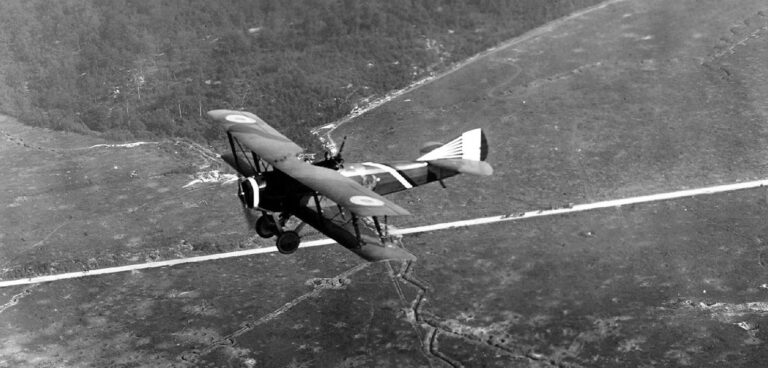In commemoration of the recently passed Armistice Day in the UK (Veterans Day in the USA), the Royal Meteorological Society (RMetS) has made available a paper covering the impact the Great War had on the science of meteorology.
The First World War accelerated technological development, with aircraft, ranging from airships to gliders, having some of the greatest need for accurate meteorological data. Weather conditions were, perhaps for the first time, a significant factor for all theatres of war. The result was a significant change of direction for many of the world’s meteorological services – not least the UK’s Met Office.
The subsequent changes made by the Meteorological Office took forecasters to airfields and changed – some would say forever – the main role of the forecaster. It saw the development of formal training in operational meteorology. Indeed, the response led to many developments, spurred by some of the great figures of our science, including Ernest Gold, C K M Douglas, Henry Lyons and, albeit in a less overt way, Lewis Fry Richardson, who developed a useable numerical forecasting technique during the war.
Ultimately, the development of aviation meant that weather forecasting became a customer‐focused profession, largely serving aviation; its global reach spurring the implementation of a Meteorological Division within the International Civil Aviation Organization (later transferred to the World Meteorological Organization) from 1947.
The paper, written by Jim Galvin, a forecaster at the Jersey Meteorological Department, was written to honor those lost in the service of their country between 1914 and 1918; in particular, G J Barker, H Billett, N C Bradnock, W B Greening and E T Streets – Meteorological Office staff who lost their lives in action during the First World War.
The full paper is freely available to read for the next two weeks here.



